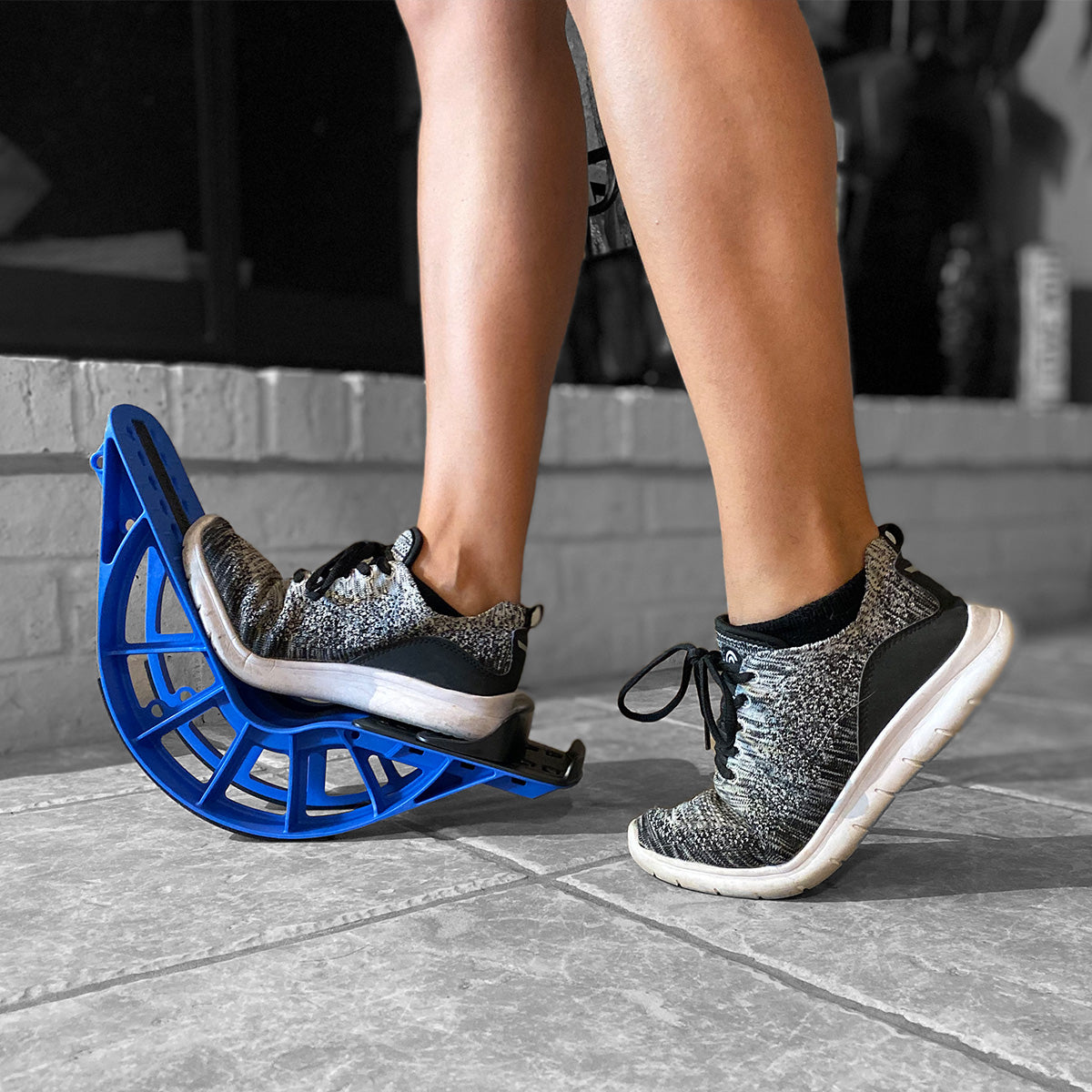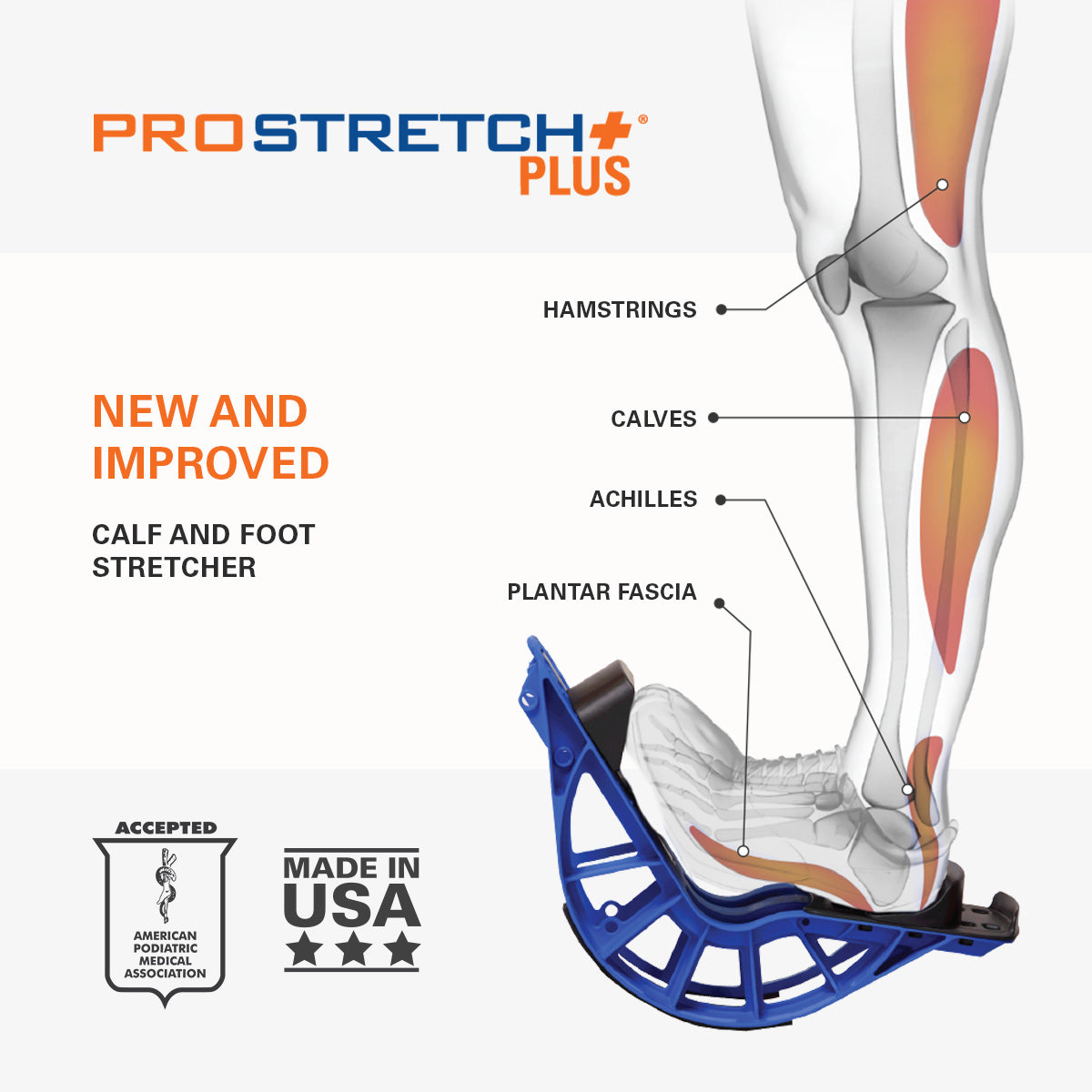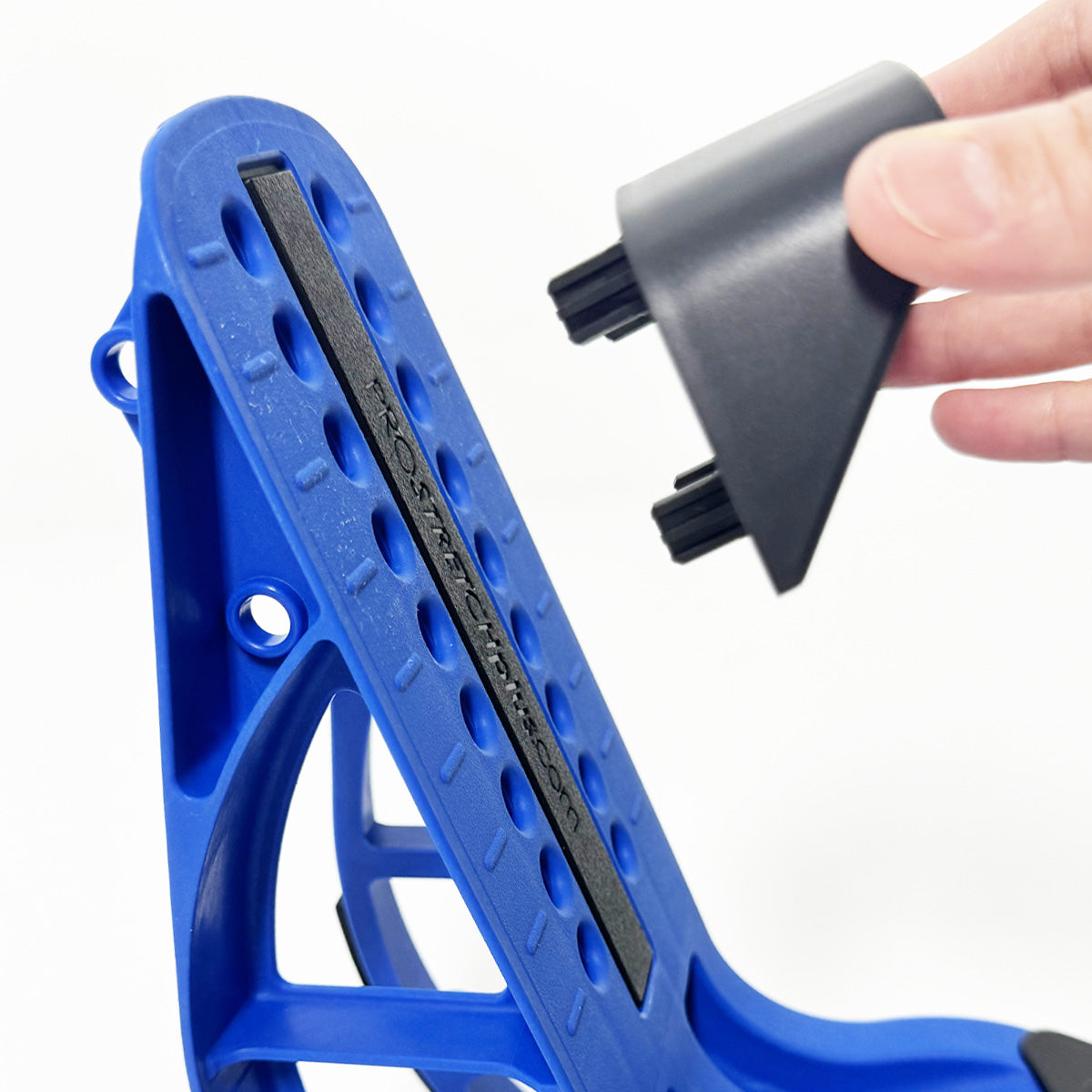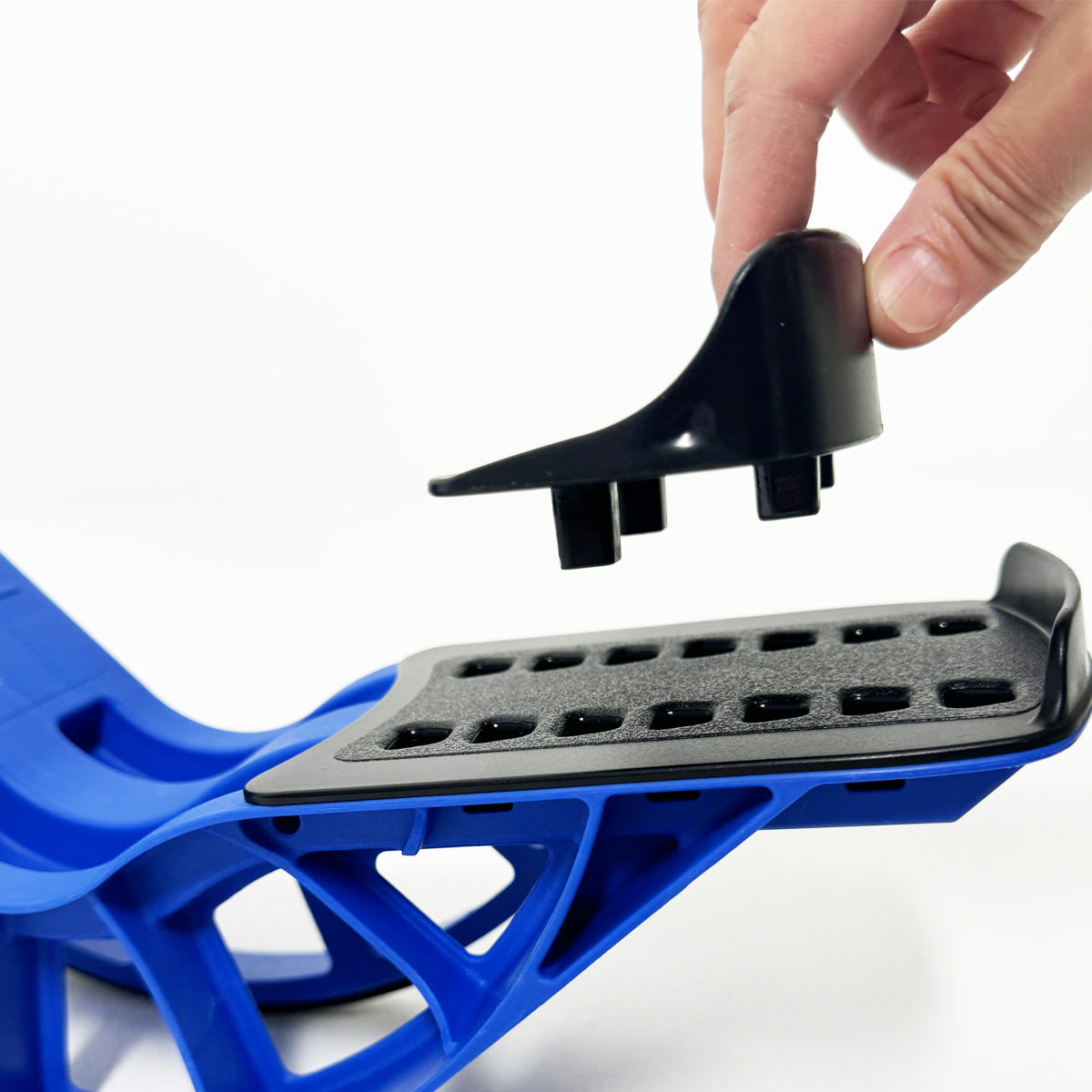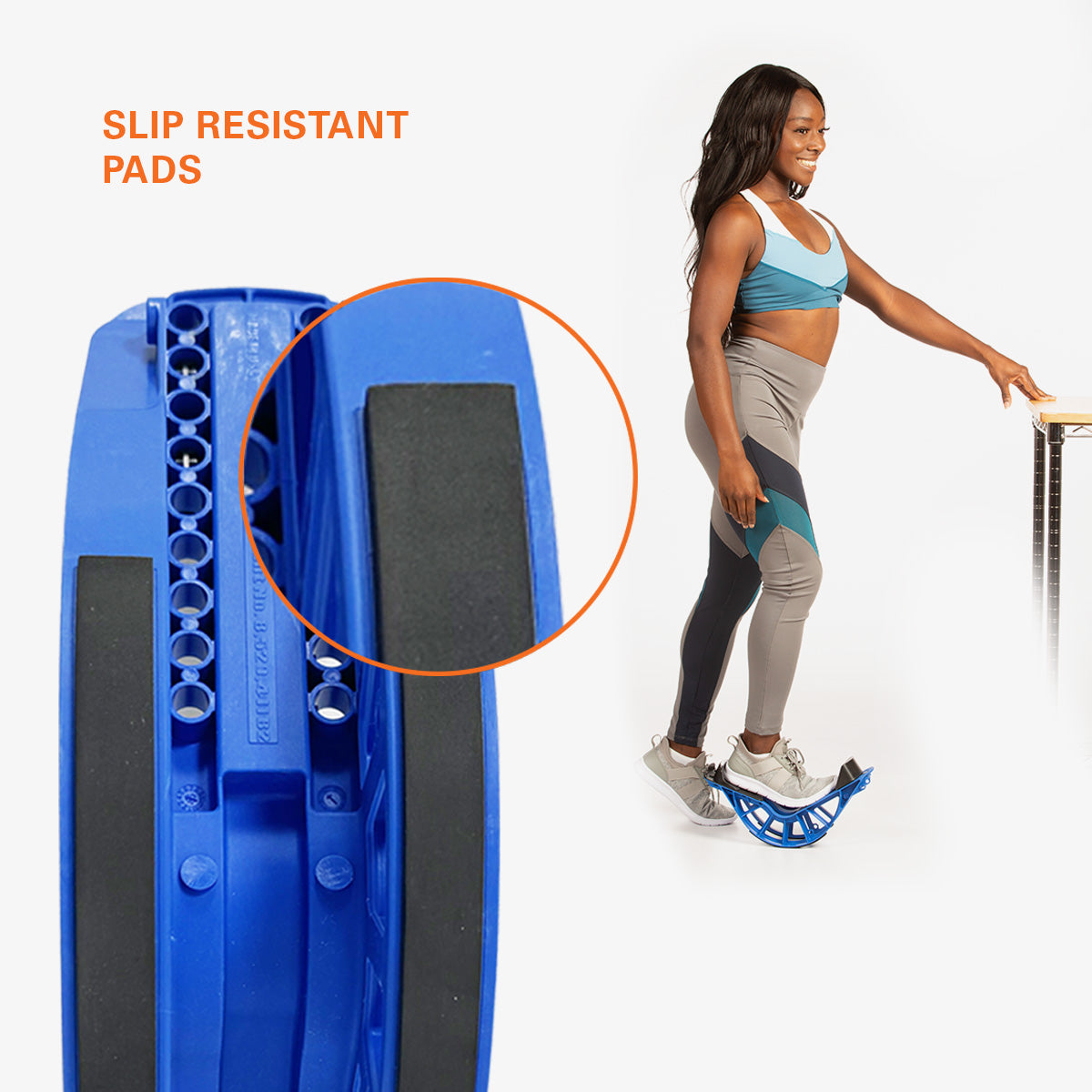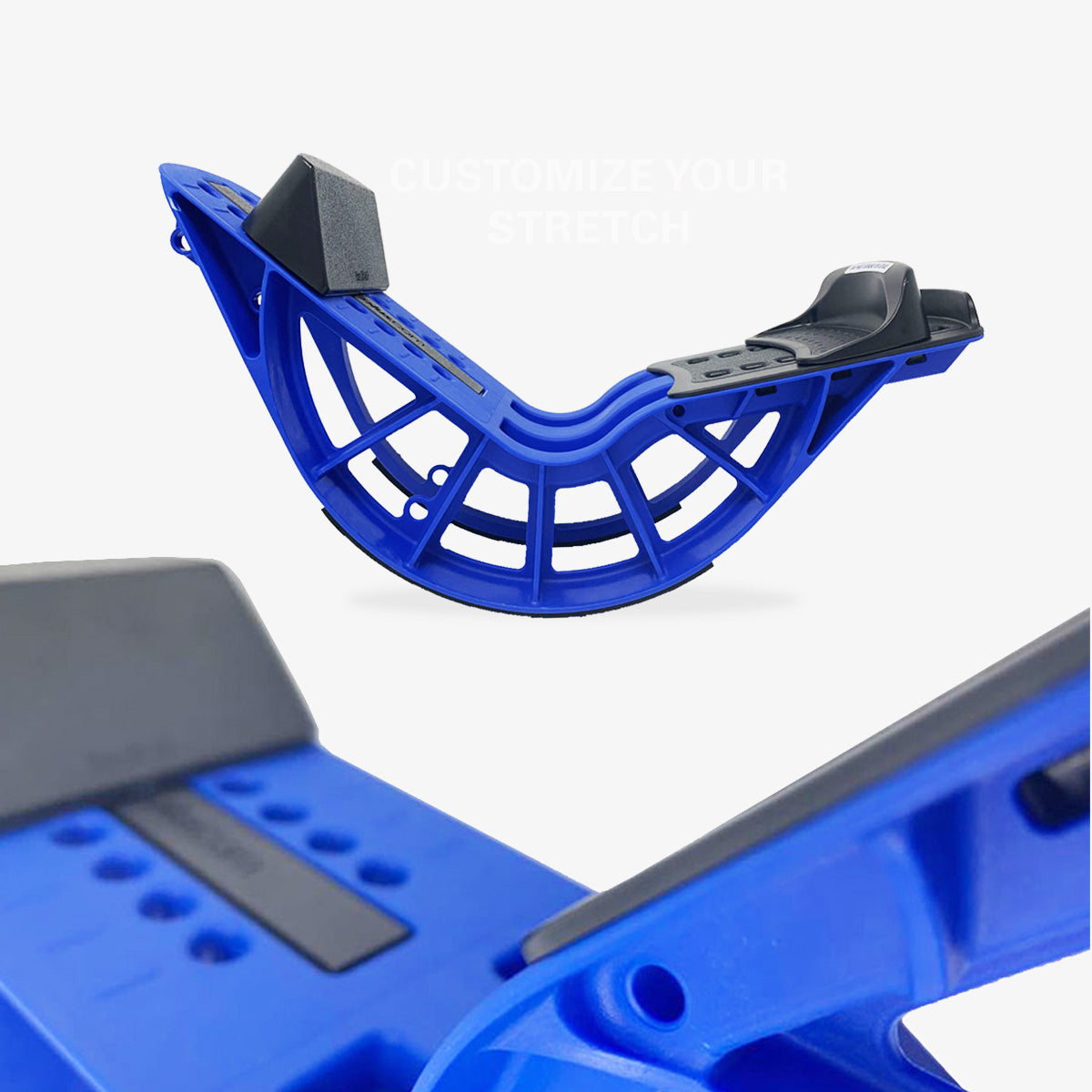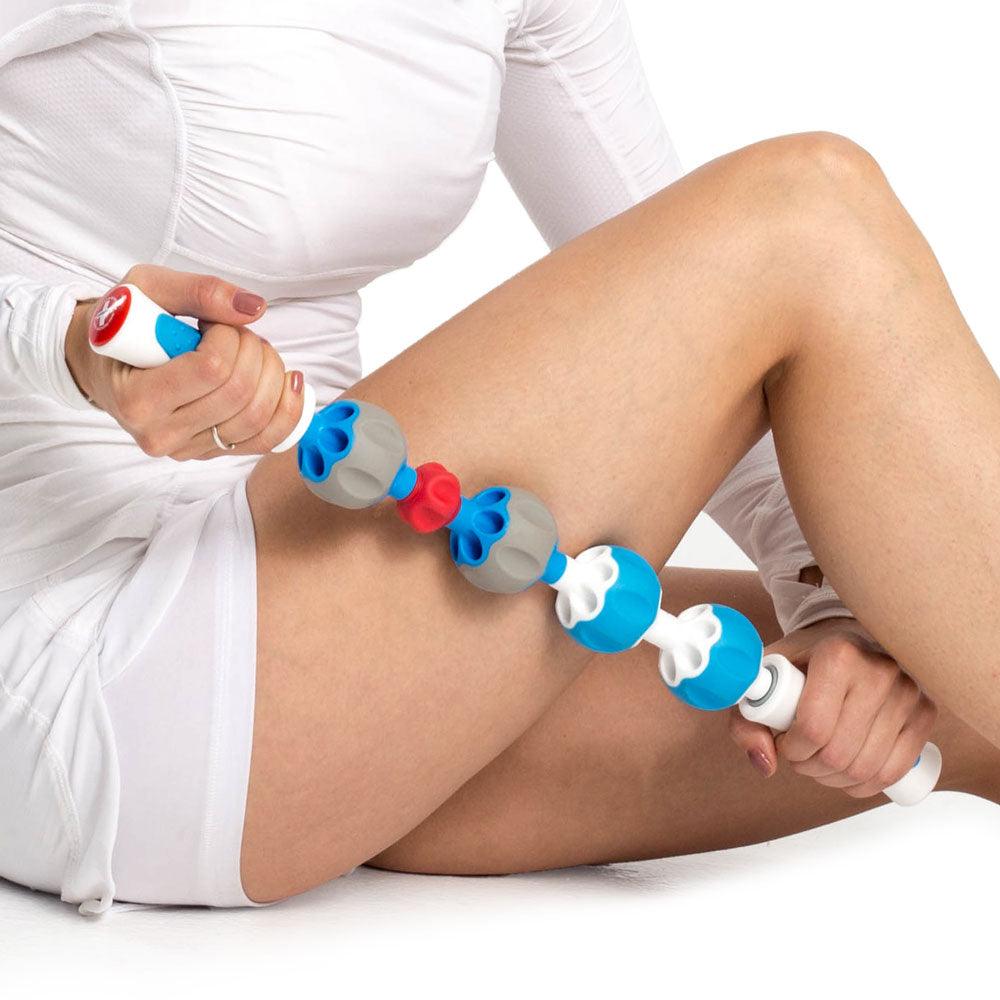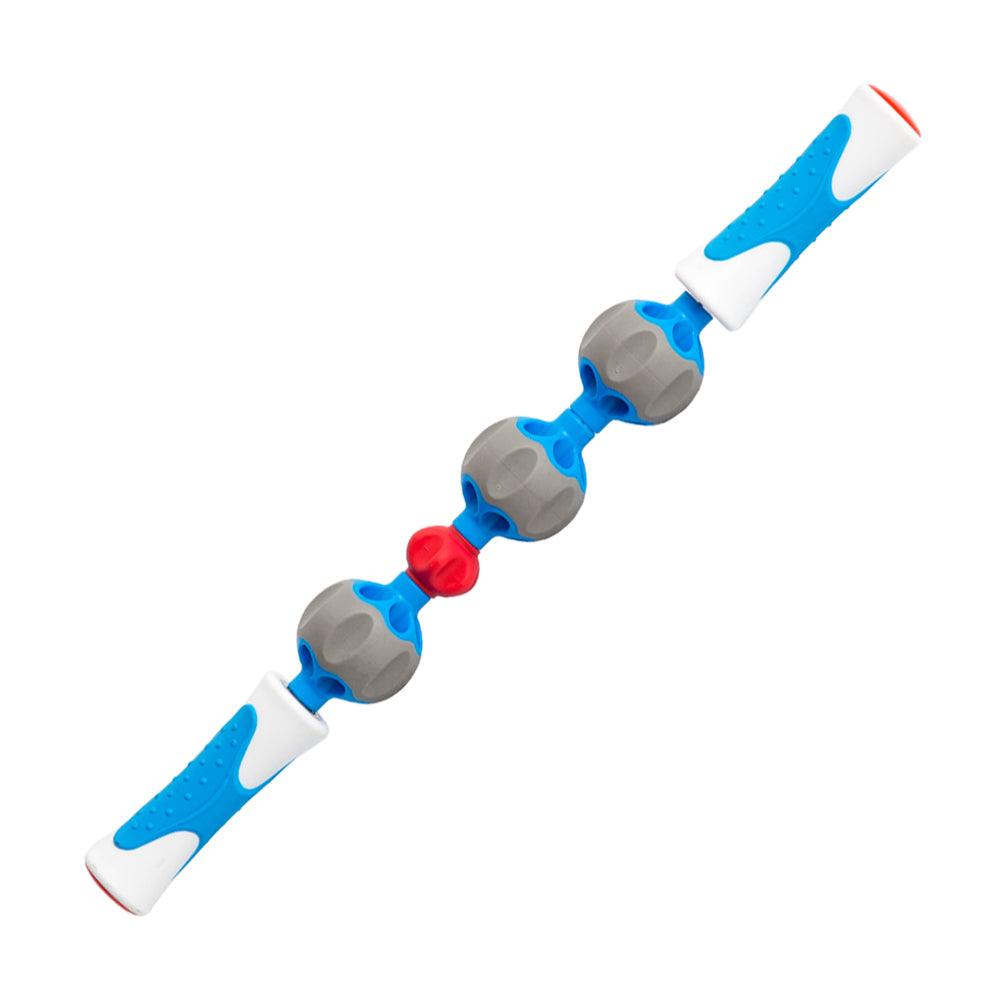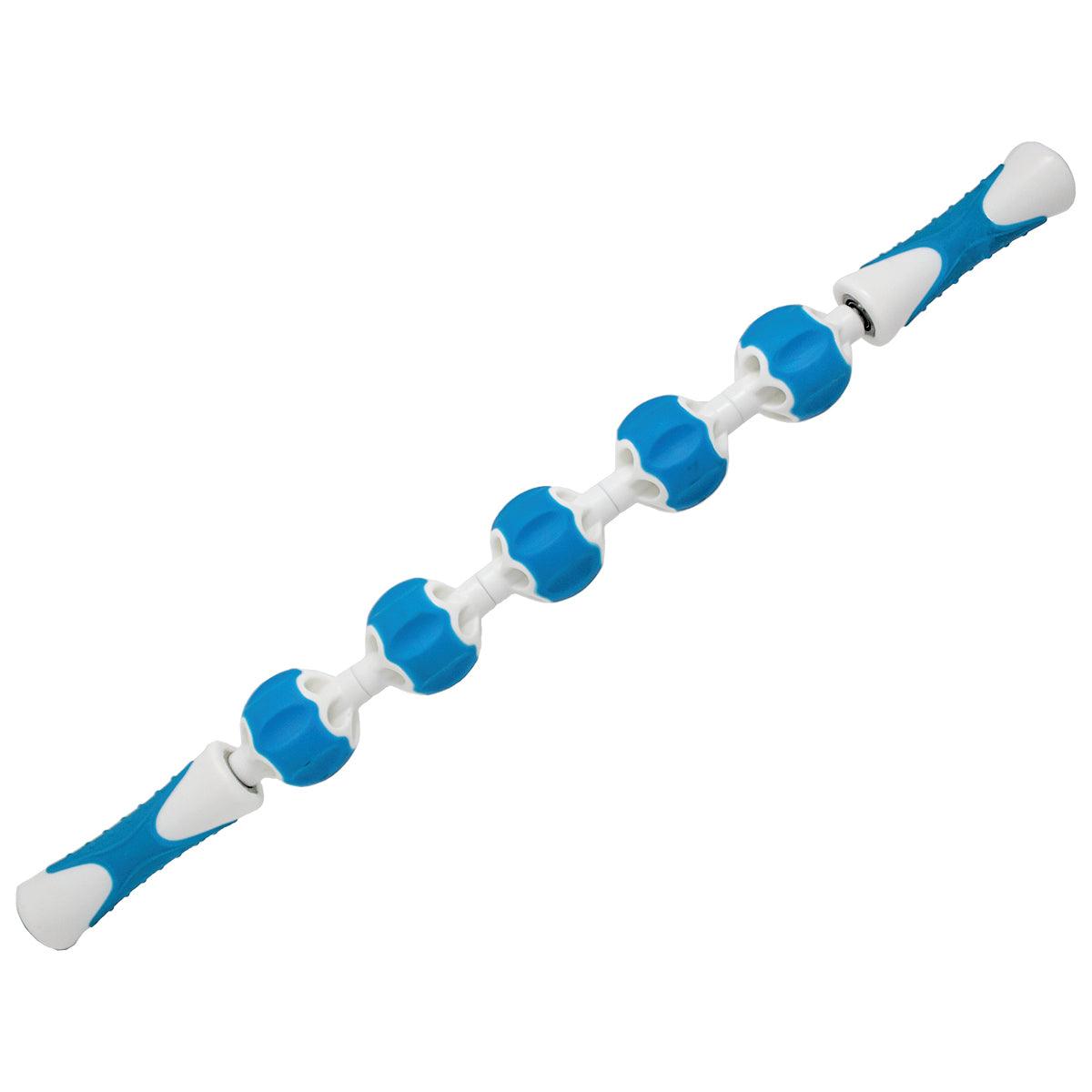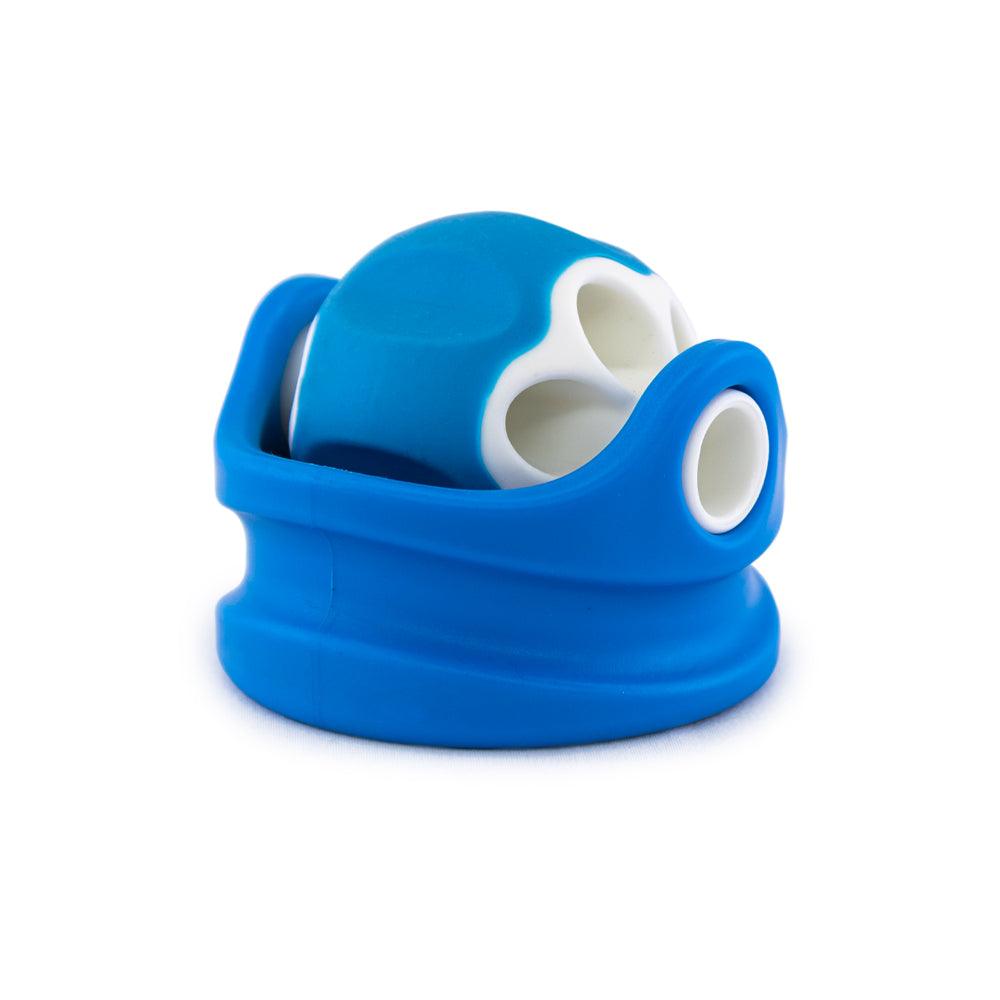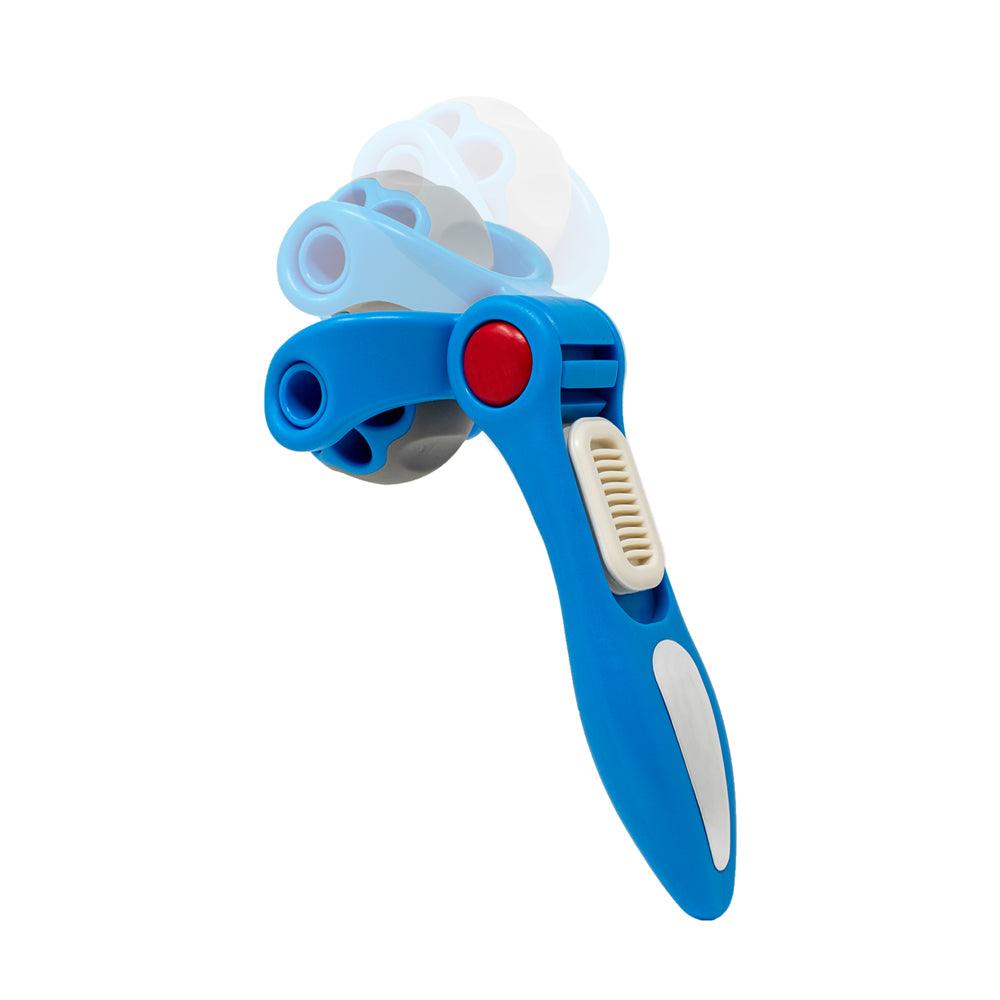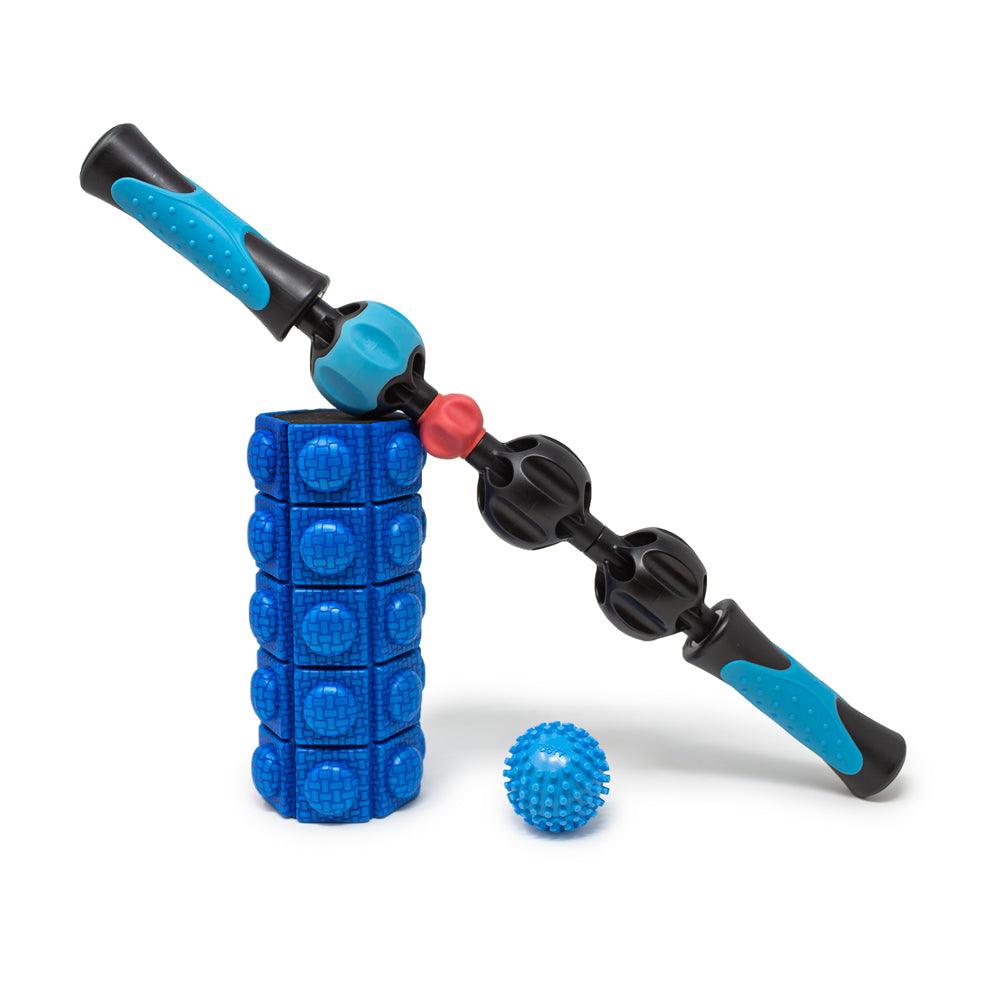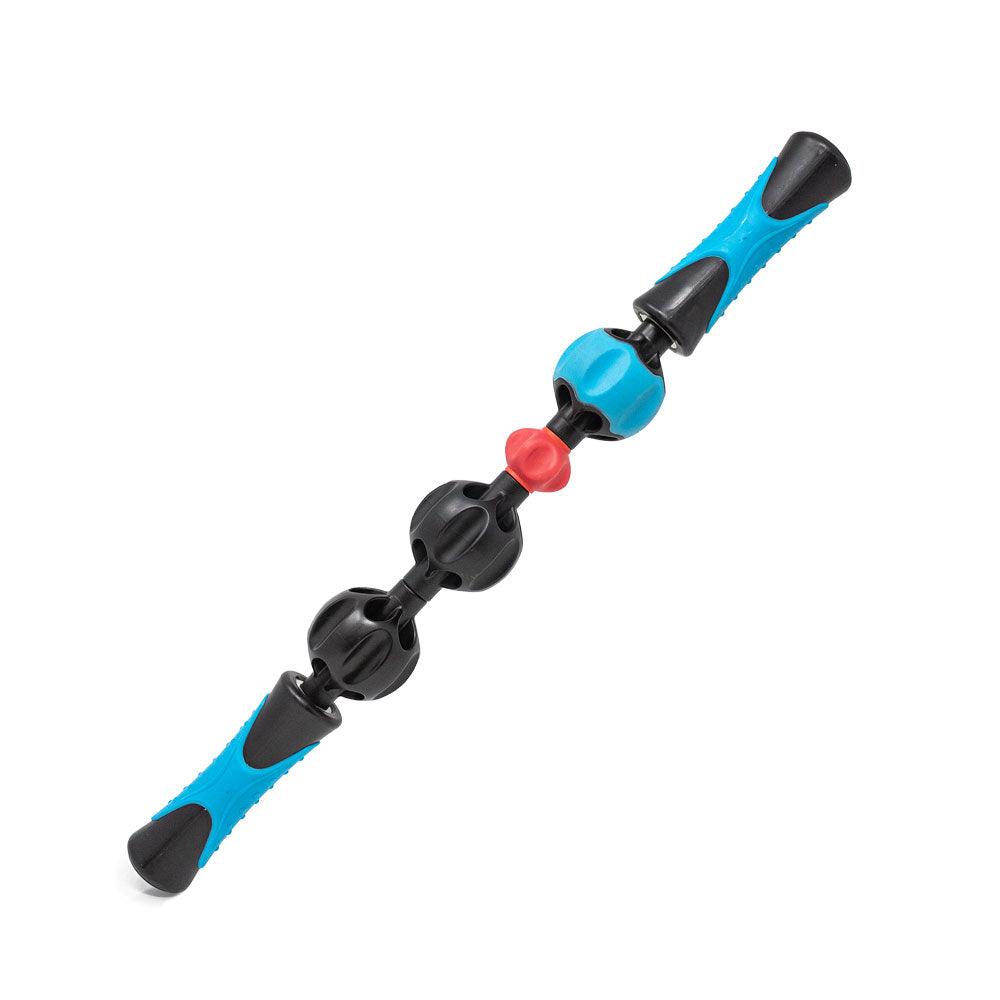(Part 2 of a 4 series on Stretching Your Way into Better Health)
Whether you are a hardcore athlete or a weekend warrior, your athletic performance can benefit from a regular stretching routine. While there’s been a lot of talk about dynamic vs static stretching and whether stretching is better before or after activity (or both) most experts agree that a program of consistent, daily stretching improves sports performance by increasing muscle strength and flexibility.
Stretching is so often an after-thought. With busy schedules, its easy to focus on exercising or participating in a sporting event but not on stretching. Sure, you might throw in a quick hamstring or calf stretch for good measure but then it's off to the “real” exercise. Unfortunately, it’s this same “time-saving” behavior that may cost you real-time in the end.
Regular stretching can improve joint range of motion and muscle capacity, which can in turn help improve performance and decrease the risk of injury. So, if you’re looking to improve your performance, it's important to understand why stretching can help and how to stretch correctly.
Part 1 of this series, Top 10 Reasons Why Stretching Should Be Part of Your New Year, provided general insight on why stretching is important.
For active individuals or athletes looking to improve their performance, stretching is critical. The speed at which a muscle changes length affects the force it can generate. This is called a force-velocity relationship. As muscle stiffness is decreased and flexibility increased, it requires less energy to move or contract the muscle. Some studies have shown that stretch-induced hypertrophy (enlargement) positively impacts this force-velocity relationship by increasing the isometric force production and velocity of muscle contractions. The result? Improved running speed, strength, and jumping distance and height.
Stretching has additional benefits as it relates to performance:
- Stretching improves flexibility and the range of motion in your joints. Better flexibility improves your performance by helping your joints move through their full range of motion and assists your muscles in working most effectively. Studies have shown that regular stretching improves force, jump height, and speed.
- Stretching increases blood flow to your muscles. The increased blood flow delivers more oxygenated blood to the working muscle allowing it to quickly turn glucose into fuel and maintain output and fend off fatigue.
- Stretching will reduce your risk of injury and relieve post-workout aches and pains as getting oxygenated blood to your muscles play an important role in the recovery process.
- Regularly stretching muscles may also serve to alleviate DOMS (delayed onset muscle soreness) that pain you get when you do some activity that your muscles aren’t used to doing or doing so strenuously.
Three types of stretches to help increase your athletic performance:
Static Stretching
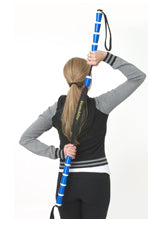
This is the most common form of stretching, and it involves gently taking a muscle to its first point of tension and then holding it in that position. Static sustained stretches are designed to hold a minimally challenging position for a joint or a muscle. The focus is on relaxing the body part being stretched and letting it go further on its own. Static stretching is effective at helping to lengthen tight muscles. Static stretching is often used post-activity or as part of a daily stretching routine. Research suggests that holding the position for 30–60 seconds will increase flexibility in the tissue. Occasionally static stretching is used to pre-activity to warm-up a particularly tight muscle (calf or hamstring).
Designed as a full-body stretching device, the StretchRite provides comfortable, measurable static stretching exercises for active individuals looking to increase their flexibility. Online video provide guidance for effectively performing basic to advanced stretches.
Dynamic Stretching

Dynamic stretching is now believed to be the best way to warm up as it takes muscles through movements similar to the activities you are about to perform. Dynamic movement stretches to take a joint or a muscle through a challenging and repetitive motion, moving a body part further with each repetition. Dynamic stretching is ideal prior to exercise because it prepares your joints for movement and your muscles for optimal activation.
ProStretch Plus is a useful tool that athletes and trainers worldwide use for safe and effective dynamic stretching of the lower leg including the hamstrings, calves, Achilles tendon, plantar fascia, and toes. The ProStretch Plus allows for a safe, gradual, controlled stretch that no slant board or curb can provide. Online videos provide guidance for effectively performing basic to advanced stretches. Downloadable guides are also available.
Self-myofascial Release
Myofascial release focuses not only on the muscles but also the soft connective tissue that surrounds muscles (fascia). The pressure that is applied to muscles while when using a therapy roller helps to eliminate tension and reduce the impact of knots or tender spots. Using a multi-layer therapy roller like the ProStretch Pro Roller helps the muscles to lengthen and shorten more appropriately, allowing greater ranges of motion to be achieved during exercise and athletic activities.
Stretching Guidelines for Athletes and Active Individuals:
- Athletes who are very flexible and are playing in ideal conditions will benefit from dynamic stretching before activity. This will help maximize performance while minimizing the risk of injury.
- Less flexible athletes and those with tight muscles should perform static stretching on a regular basis to increase flexibility and lengthen muscles (ideally 20-30 minutes at least 3 days a week).
- For all athletes, long static stretches before athletic activity are not recommended. Too much static stretching before athletic activity will affect the way muscles fire to produce movement and protect joints. This could result in a decrease in power and strength and could put the athlete at risk for injury.
So, remember that muscle strength and flexibility is a fundamental building block in sports performance. Incorporating a regular stretching routine into your training schedule will definitely pay off in improved athletic performance and a reduction in your risk of injury.
Read the entire Stretching Your Way into Better Health series:
- Part 1: Top 10 Reasons to Stretch
- Part 3: Stretching for Injury Prevention
- Part 4: Stretching Safely and Effectively
PLEASE NOTE: The information on this website and article is for information only and should not be used as a substitute for consulting your doctor. Consult your doctor for proper diagnosis and rehabilitation.






